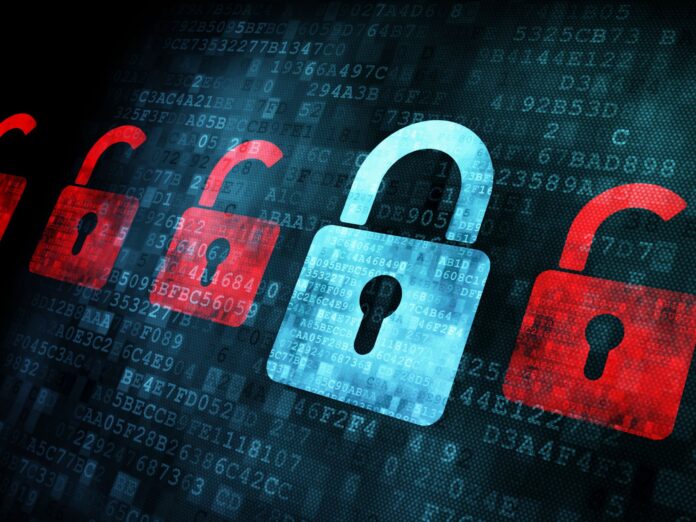Mobile operators from every region have backed the GSMA’s new IoT security guidelines. AT&T is the only US operator so far to have committed to the GSMA measures; it is joined by the leading operator brands in Europe and China.
The GSMA guidelines make 85 recommendations for security measures in the design, development and deployment of IoT services. The GSMA has also made available worked examples of secure systems, and new mechanism for enterprises to assess the security of their IoT networks, endpoints, and applications.
So far, 15 operators have signed up, the GSMA saidd at Mobile World Congress 2018 in Shanghai. They are AT&T, China Mobile, China Telecom, China Unicom, Deutsche Telekom, Etisalat, KDDI, LG Uplus, Orange, Telefónica, Telenor, Telia, Turkcell, Vodafone, and Zain.
“The industry needs an aligned and consistent approach to IoT security. Our guidelines encourage the industry to adopt a robust set of best practices that will help create a more secure IoT market with trusted, reliable services that can scale as the market grows, commented Alex Sinclair, chief technology office at the GSMA.
“The mobile industry has a long history of providing secure services in licensed spectrum and by implementing these guidelines, we can help ensure the long-term sustainability and growth of the market.”
The GSMA reckons there will be 3.1 billion IoT connections by 2025. Licensed operators have launched 48 commercial narrowband IoT (NB-IoT) and LTE-M networks to date, it said. However, security remains a stumbling block for such accelerated take-up of IoT technologies.
The GSMA’s IoT security guidelines, addressing standard cyber-security and data privacy issues associated with IoT services, are targeted at service providers, device makers, and developers, as well as mobile operators.
Cameron Coursey, vice president of IoT solutions at AT&T, commented: “A common approach to IoT security will be paramount as the number of global IoT connections multiplies. These guidelines are a vital initiative towards realising the vision of a robust and end to end secure IoT ecosystem. This is a big step toward a global IoT ecosystem that is protected against security risks.”
Pascal Ancian, IoT programme director at Orange, said: “Delivering a trusted IoT is essential when we are talking about massive IoT deployments for customers globally. These guidelines are instrumental to ensure that IoT networks and platforms are secured by design from beginning to end.”
Per Simonsen, senior vice president and head of digital businesses at Telenor, said: “There is a need for standardisation and common direction across the IoT ecosystem. The new guidelines support our stringent global security measures.”

